Grooming your dog is essential for their health and hygiene, but for dogs with anxiety, the process can be stressful and even frightening. Whether you’re a first-time dog parent learning grooming basics or a senior pet owner caring for aging or timid dogs, understanding how to groom gently and effectively is crucial. In this comprehensive guide, we’ll explore grooming tips for anxious dogs, offering practical solutions, tools, and calming techniques that make the experience safer and more comfortable for your furry friend.
Why Grooming Can Trigger Anxiety in Dogs
Before diving into techniques, it’s important to understand why grooming is a common source of stress. Many dogs associate grooming with unfamiliar tools, loud sounds (like clippers or dryers), or being restrained. Owners of rescue dogs with past trauma often report their pets reacting negatively to brushes, water, or even human touch. For some, it’s a sensory overload—something as simple as nail clipping can be terrifying.
By recognizing these triggers, dog owners with nervous or anxious pets can begin to introduce calming grooming techniques for dogs in a way that’s compassionate and gradual.
Top Grooming Tips for Anxious Dogs
1. Create a Calm Environment First
Anxiety often starts before the first brush. Set up a quiet space away from household noise. Use calming scents like lavender or dog-safe diffusers to ease tension. Soft lighting and soothing music can help. This is particularly helpful for urban pet owners looking for at-home grooming tips where street noise might add to the stress.
2. Get Your Dog Comfortable With Tools
Introduce grooming tools slowly. Let your dog sniff and inspect brushes, nail clippers, or scissors before use. This reduces fear of the unknown and helps with desensitization. The best grooming tools for anxious dogs are quiet, lightweight, and ergonomically designed.
3. Short and Frequent Sessions
Instead of trying to finish grooming in one go, break it into smaller sessions. This is especially effective when learning how to groom a nervous dog at home. Start with brushing just one leg or trimming a few nails. Reward them with treats and take breaks.
4. Use Calming Treats and Positive Reinforcement
Dog grooming with calming treats can turn a scary experience into a rewarding one. Use low-calorie treats and praise frequently. For more serious anxiety, consult a vet about anti-anxiety dog grooming products like pheromone sprays or calming chews.
5. Choose Stress-Free Dog Grooming Methods
Avoid forceful handling. Let the dog come to you and feel in control. Try using towels instead of noisy dryers and opt for stress-free dog grooming methods like waterless shampoo or brushing while they lie on the couch. This technique works great for pet lovers who prefer home grooming.
Specialized Tools & Products to Consider
Here are some recommended items for gentle dog grooming tips:
- Silent Clippers: Reduce noise anxiety.
- Deshedding Gloves: Feels like petting, great for anxious pups.
- Anti-Slip Mats: Helps dogs feel secure during bath time.
- Calming Shampoos: Contains chamomile or aloe vera.
- Grooming Tables with Safety Straps: Helps with stability.
Choosing the best grooming tools for anxious dogs can make a big difference in how your pet perceives the experience.
Techniques That Build Trust
Touch Desensitization
Start by simply touching your dog’s paws, ears, or tail when you’re not grooming. Reward them with praise. This builds tolerance and confidence.
Incorporate Routine
Grooming at the same time and place helps dogs feel prepared and less surprised. Behavioral dog trainers often recommend turning grooming into a consistent ritual.
Grooming Tips for Scared Dogs with Trauma
If your pet has a history of abuse or trauma, grooming can be especially challenging. Dog rescuers and foster pet parents often deal with this. In such cases:
- Use a professional grooming for anxious dogs service that specializes in trauma care.
- Always allow the dog to see your movements.
- Avoid grooming when the dog is overly tired or hungry.
- Consider working alongside a veterinarian or pet care professional who can recommend anxiety medications or sedatives when necessary.
Dog Grooming Anxiety Solutions You Can Try
There’s no one-size-fits-all, but here are some options worth experimenting with:
- Thundershirts: Wraps that apply calming pressure.
- Pheromone Sprays: Dog-appeasing pheromones that mimic motherly comfort.
- CBD Treats or Oils: Check with your vet for safe dosage.
- Music Therapy: Apps like “Through a Dog’s Ear” are made for canine relaxation.
- Slow Feeders: Useful distraction during brushing or washing.
Combining these with calming grooming techniques for dogs improves results and reduces the likelihood of meltdowns.
Tips from Pet Grooming Salons Specializing in Sensitive Dogs
We reached out to several pet grooming salons specializing in sensitive dogs, and here are their pro tips:
- Keep sessions under 30 minutes for anxious pets.
- Always groom after exercise when the dog is naturally calmer.
- Use handheld dryers on the lowest setting or towel-dry only.
- Keep grooming supplies within arm’s reach to reduce unnecessary movement.
- Let the dog inspect the area before starting.
These salons often invest in dog grooming training for their staff to better handle nervous pets with compassion and skill.
When to Seek Professional Help
If home grooming isn’t working, don’t hesitate to seek help. Professional grooming for anxious dogs can ensure your pet’s safety and comfort. These groomers are trained in reading canine body language and can adapt the process accordingly.
In extreme cases, veterinarians and pet care professionals may recommend short-term anti-anxiety medication before grooming appointments.
Final Thoughts
Grooming doesn’t have to be a nightmare for your anxious pup. With patience, the right tools, and a gentle approach, you can create a routine that supports both hygiene and mental well-being. Whether you’re a dog owner with nervous or anxious pets, a behavioral dog trainer, or a pet lover who prefers home grooming, applying these grooming tips for anxious dogs will lead to calmer, happier grooming experiences.
And remember: your dog’s comfort comes first. Go slow, stay calm, and always reward progress—no matter how small.
Quick Recap: Top Tips for Grooming Anxious Dogs
- Create a calm space before grooming
- Let dogs inspect grooming tools
- Keep sessions short and positive
- Use calming treats and music
- Seek professional help if needed
- Invest in tools designed for anxious pets
- Stay consistent and patient
Use this guide to reduce anxiety and make grooming a bonding moment rather than a stressful one. With these expert-backed strategies and the right mindset, your nervous dog will soon feel safe and cared for during every grooming session.
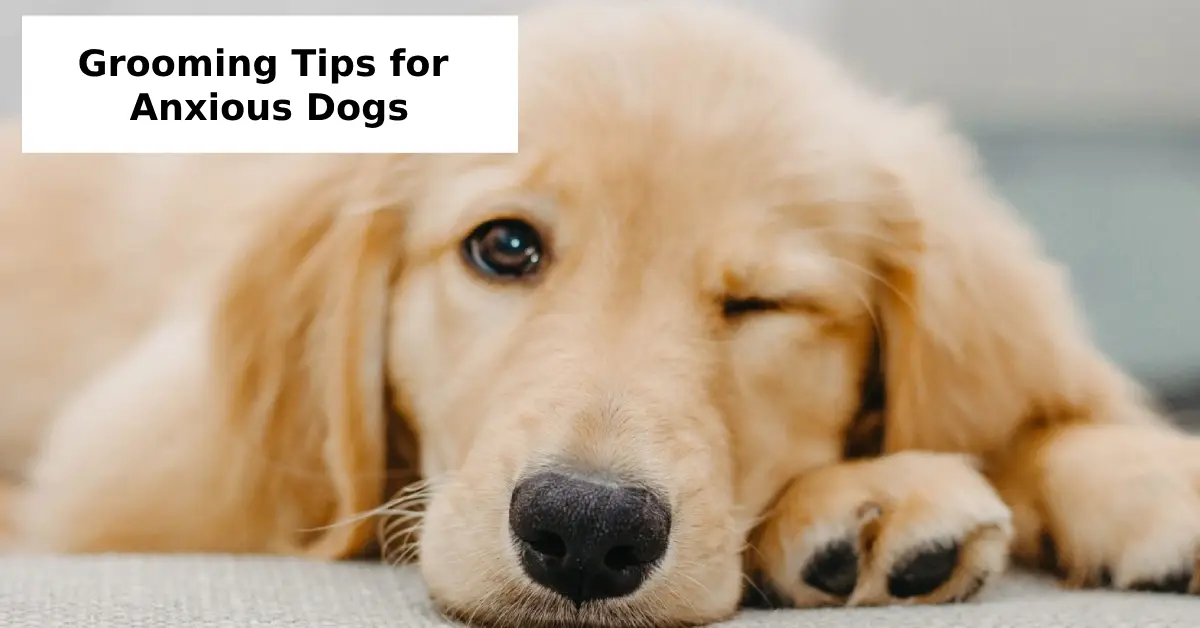
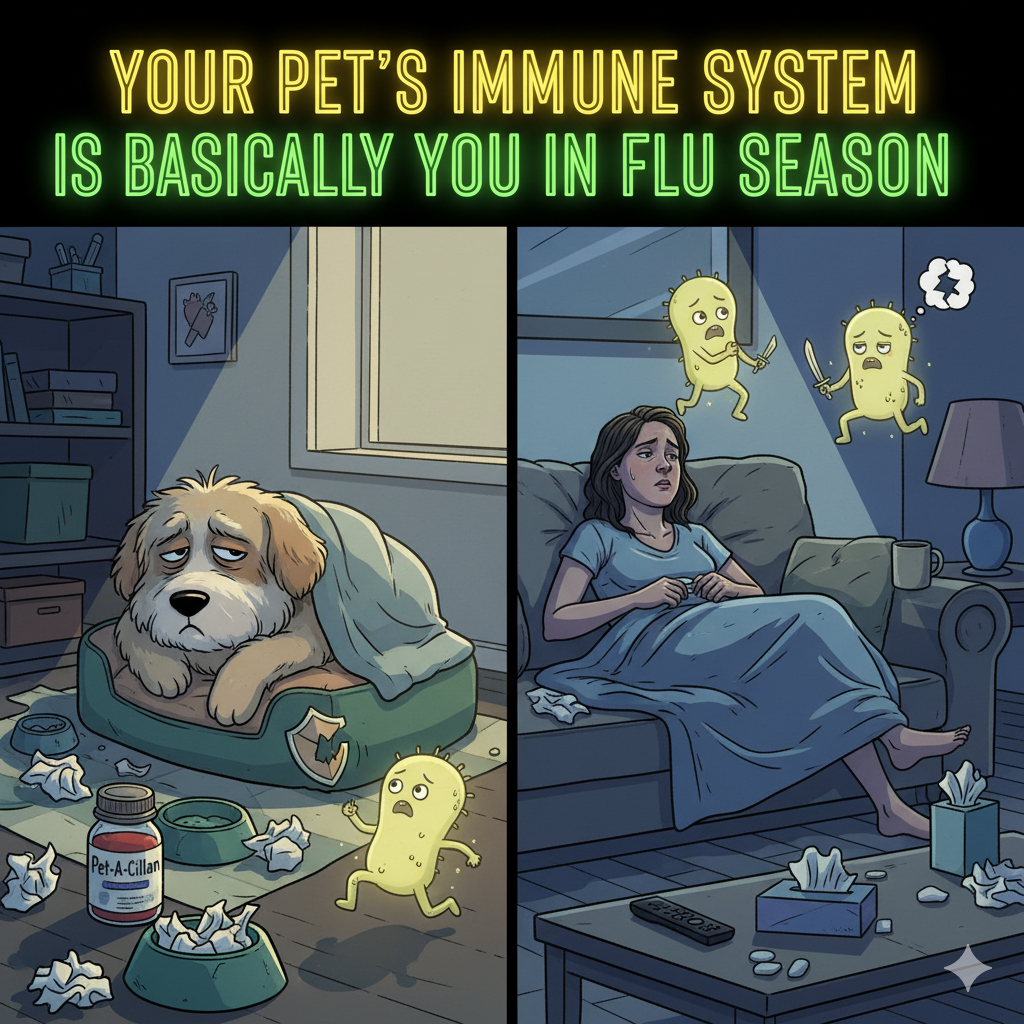
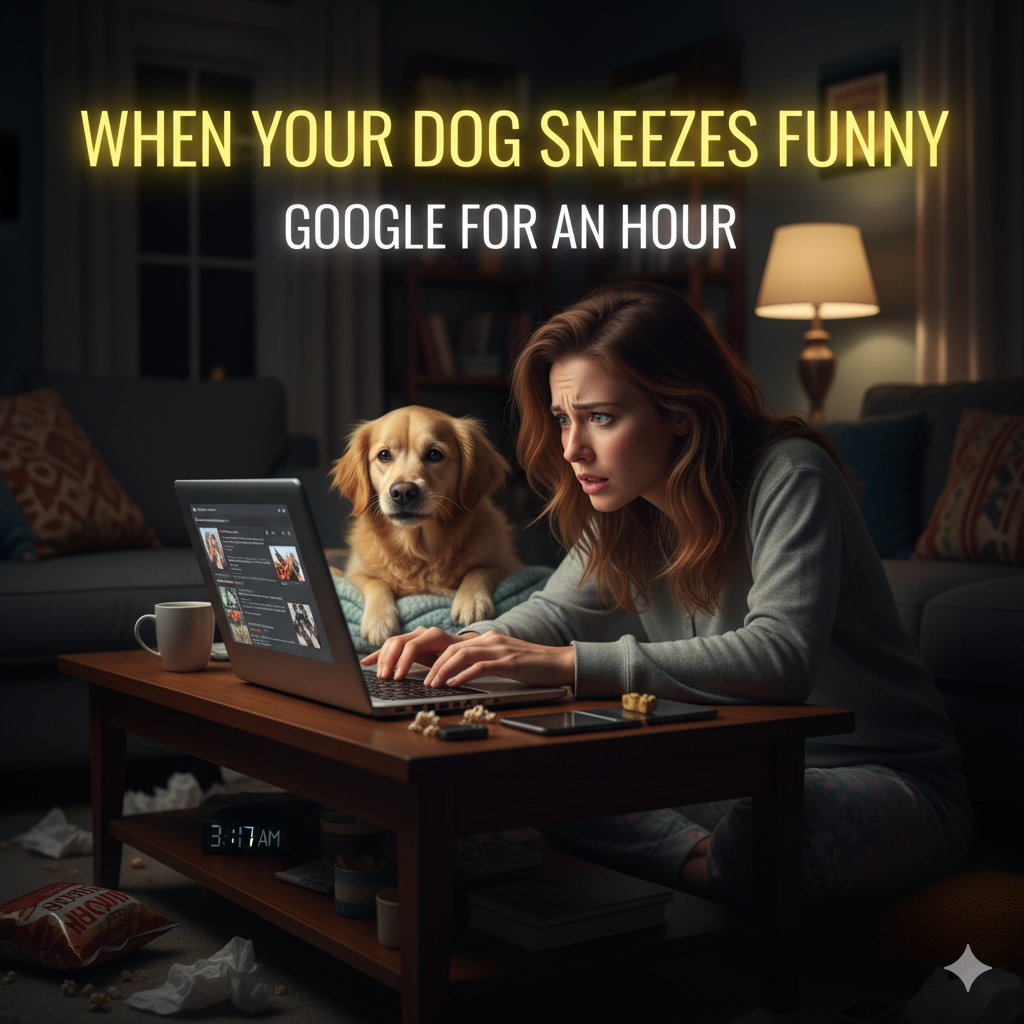
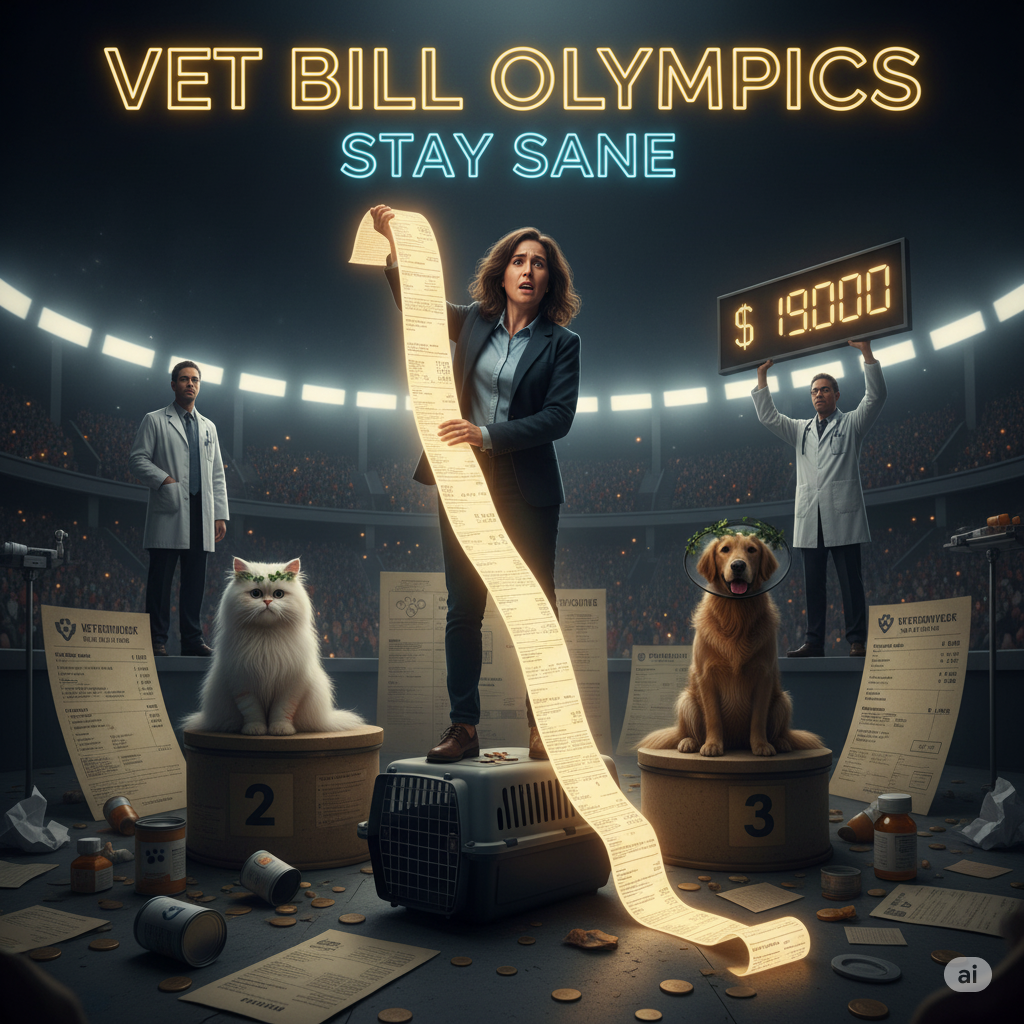
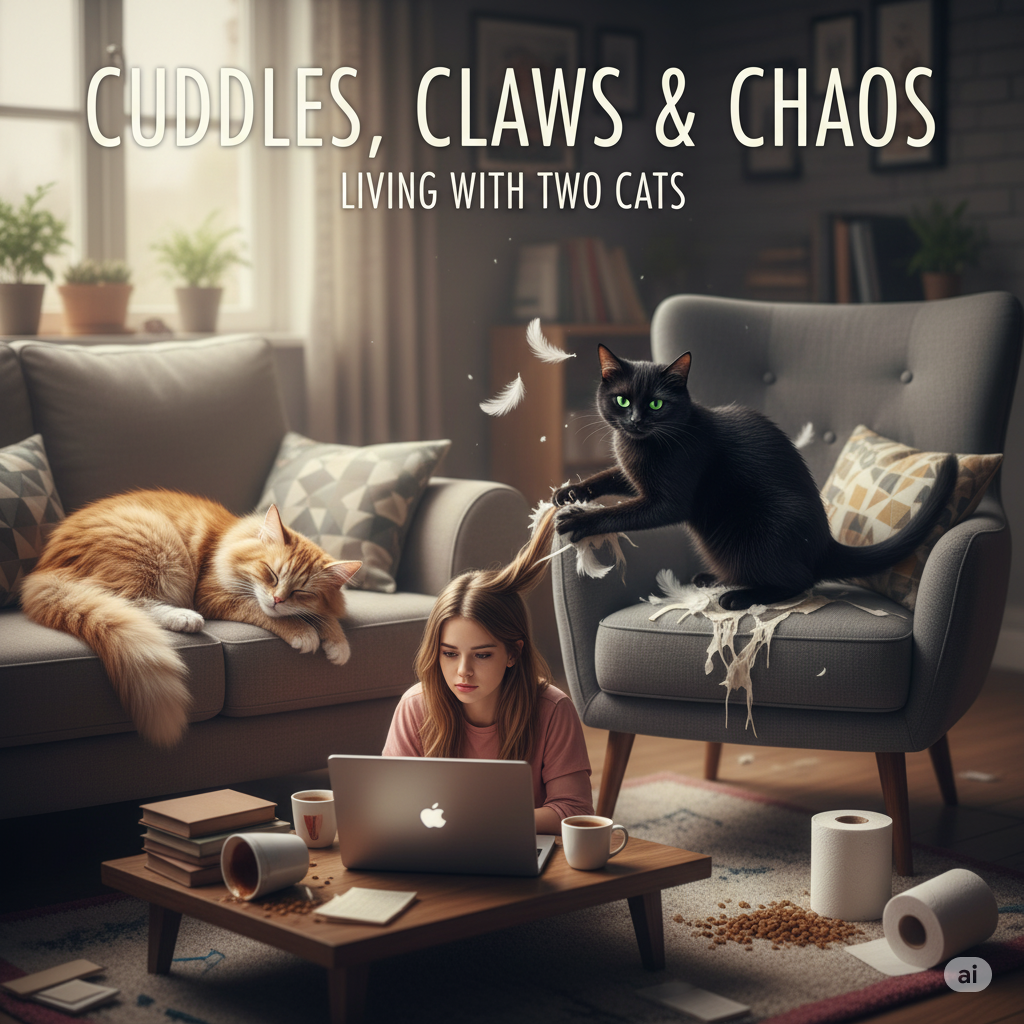

1 thought on “Grooming Tips for Anxious Dogs: A Comprehensive Guide”